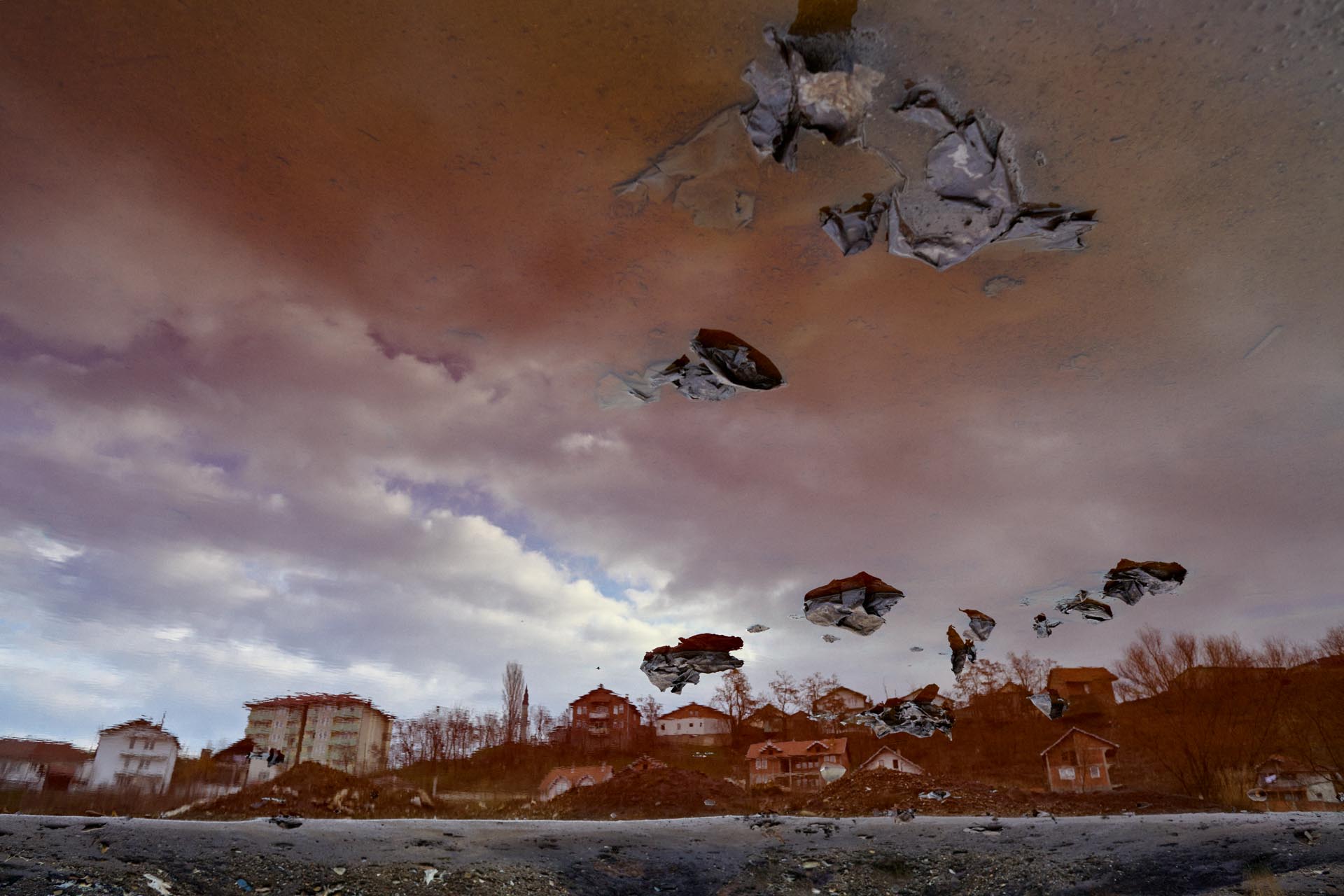

The Dirty Touch
Mitrovica, mostly known from the ethnic clashes between Serbs and Kosovo-Albanians during and after the Kosovo War in 1998-1999. Kosovo-Albanians, Serbs and the Roma population have all been persecuted. Today, a large part of the Roma population still lives in IDP (internally displaced people) camps in northern Mitrovica, in areas of high lead pollution from the Trepca Industries. Camps, that UN KFOR forces moved out of due to the pollution.
Two camps remain, Cesmin Lug and Osterode, the former french KFOR camp. The Roma people still living here are suffering from poor slum housing, lack of water and toilets and the lead dust from the nearby mine tailings.

In Tito’s Yugoslavia, the city was defined by a single, large company, The Trepca Industries, who ran the mine and the factories for decades. In the 1970‘s more than 24.000 workers was employed in one of Yugoslavia’s proudest companies. The Trepca legacy is today more than 33 million tonnes of mine tailings scattered around Mitrovica, defunct factories and wastelands, and an unemployment rate of 70 percent. In 2000, UN forces closed down the lead melting plant in northern Mitrovica, the areas most polluting factory. Today the air quality is slowly getting better, but the mine tailings stored under the open sky is still a health hazard.
In Mitrovica, the children has four times as high lead concentrations in their blood as children from other nearby cities. Playing in Mitrovica is playing with a dirty touch.










